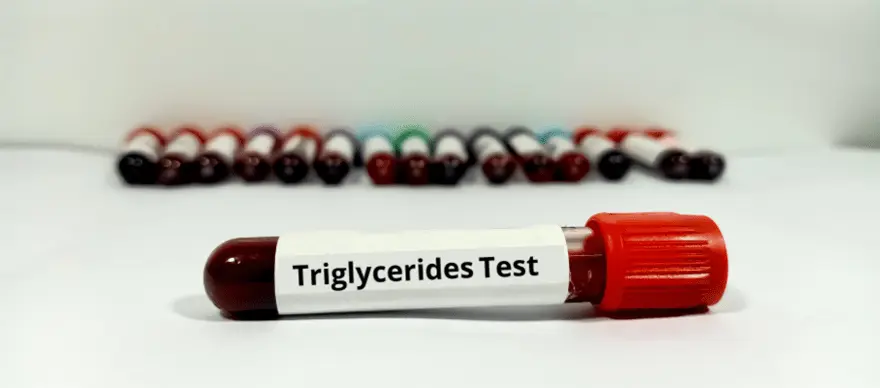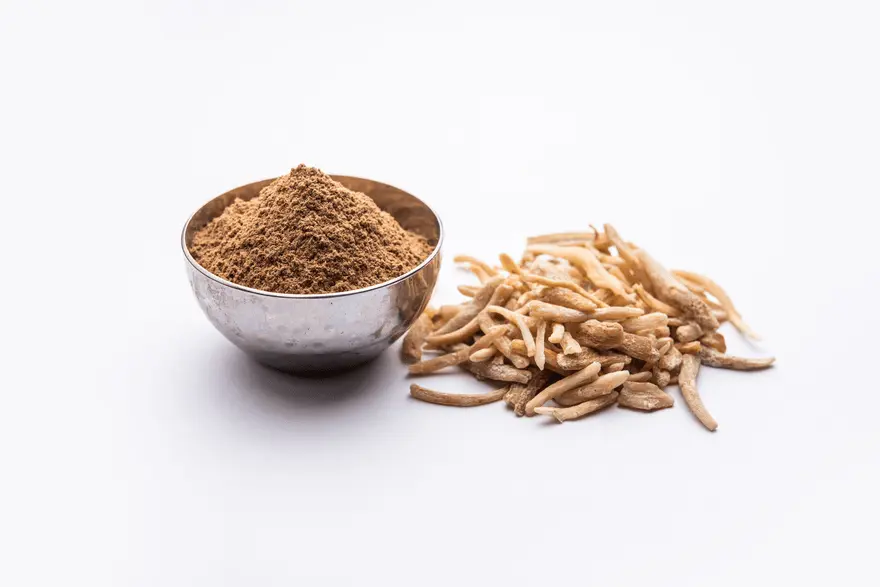Health Test
Triglycerides: Everything You Need to Know
11241 Views
0

What are triglycerides?
Triglycerides are essential fats you can get from foods like butter, oil, and meat. Most of our body fat are triglycerides because they are unused calories we eat but don’t need. Triglycerides in the blood help transfer adipose fat from one tissue to another and glucose in the blood from the liver. It is also a vital constituent of our skin oils. Eating excess food or food that is high in fat content that the body does not require are instantly stored in the fat cells in the form of triglycerides.
The VLDL cholesterol particles in our body help transport Triglycerides to the tissues.
The enzyme lipase causes the breakdown of triglycerides into fatty acids and monoglycerides.
Chemical composition of triglycerides
Triglyceride is chemically an ester formed by bonding three fatty acids and a glycerol molecule.
We can broadly classify triglycerides into three main types - saturated, monounsaturated and polyunsaturated fatty acids.
Some examples of saturated fats are Butyric acid, lauric acid, palmitic acid, myristic acid and stearic acid. We get them from meats like beef, pork, lamb, and chicken with skin; dairy products like cream, cheese, butter and eggs; and coconut, palm and their products.
Saturated fats carry the potential to increase your risk of heart diseases. Therefore, we should limit their consumption in our daily diet. As per AHA (American Heart Association) recommendation, the maximum allowed dietary intake of saturated fats should not be more than 13 g per day (for a daily diet of 1200 calories).
It is advisable to replace saturated fats with healthier fats, to eat lean meat and poultry without skin, and substitute your diet with more whole grains, plant proteins, and fruits and vegetables.
In comparison, unsaturated fats are healthier for you. Contrary to popular belief, they are now found to help lower your risk of heart disease. Some unsaturated triglycerides are Oleic acid, Sappenic acid, Vaccenic acid, Linoleic acid, Gadoleic acid, and Gondoic acid.
Unsaturated triglycerides can be found in avocados, olives, peanuts, canola oil, almonds, hazelnuts, pecans, pumpkins, and sesame seeds.
How are triglycerides Different from Cholesterol?
Triglycerides and cholesterol are different fats that circulate in our bodies.
- Triglycerides help store and use the fats, which can later be converted into energy when the body requires it.
- Cholesterol is essential for building cells, body tissues, and hormones like testosterone and oestrogen.
What happens when you have hypertriglyceridemia?
Triglyceride levels within the normal range are essential to maintain good health. But high triglyceride levels can cause heart problems like coronary artery disease, heart attacks, and arteriosclerosis (hardening of arterial walls). Very high levels of triglycerides in the body can also cause inflammation of the pancreas, known as pancreatitis.
Hypertriglyceridemia is caused by a regular intake of excess calories that the body cannot utilise instantly. This can happen due to
- Excess sugar intake
- Obesity
- Smoking
- Excess alcohol consumption
- Consuming certain types of medications like beta blockers, diuretics, steroids, retinoids etc.
- Genetic disorders
- Thyroid problems
- Uncontrolled type 2 diabetes., Liver diseases
- Kidney diseases
Checking your triglycerides level
A couple of blood tests known as the lipid profile are prescribed to measure your triglycerides and cholesterol levels that can help you keep tabs on your fat levels. The value of triglyceride level also works as an aid for your physician to help you have a controlled diet in case of a risk of heart disease.
Triglycerides are measured as milligrams per decilitre of blood.
It is a simple blood test which may require you to fast for 12 hours to get an accurate reading.
| Interpretation | Triglycerides level |
| Normal | less than 150mg/dL |
| Borderline high | 150-199mg/dL |
| High | 200-499mg/dL |
| Very high | 500+ mg/dL |
(Readings are for a normal adult blood sample)
It is either done as an individual test or in conjunction with other cholesterol and lipid tests as part of Lipid profile tests.
What do the values suggest?
Any value over 150mg/dL of triglycerides in the blood can be interpreted as follows:
- It can increase your risk of heart disease like a stroke.
- You will also need to test for metabolic disorders (high blood pressure and uncontrolled diabetes and obesity combined).
- It is an indicator of borderline or type II diabetes.
- Hypothyroidism
- Genetic disorders may cause poor conversion of fat into energy.
In most cases other cholesterol tests like HDL, LDL , Lipid profile, cardiac profile etc are also done along with triglyceride tests to infer better results.
Available treatments for increased triglycerides
You should talk to your primary health care physician to make lifestyle changes if triglycerides are above the prescribed range.
The following lifestyle changes could be recommended:
- Weight control
- Regular physical exercises and activities (for at least 30 mins)
- Stop smoking
- Prohibit the use of Alcohol
- Limit sugar
- Limit refined and processed foods
- Using healthy fats instead of saturated fats
- Intermittent fasting
- Modified diet to suit your needs and health
If lifestyle changes are not enough, your physician may prescribe medications like fish oil, niacin or statins, which may help reduce cholesterol and triglyceride levels.
How can you change your diet if you have high triglycerides?
If you find that you have hypertriglyceridemia, then there are several options to make your diet more health friendly -
- Limit the use of starchy vegetables like corn and peas.
- Canned beans should be replaced with black beans, and you should avoid cooking them with pork or sugar.
- Too much natural sugar should also be avoided. For example, 2 to 3 servings of fruits should be the limit for a single day. Dried foods for consumption should be measured using a teaspoon.
- Buy canned fish preserved in water rather than in oil.
- Coconut is a common ingredient in most of our foods. If you have high triglycerides levels, it is better to talk to a doctor about how much coconut you should consume in your daily diet.
- Monitor your pasta, white bread, cereals, potatoes, and oatmeal servings.
- Sugary drinks like soda, fruit juices, iced tea, and sweet coffee should be limited.
- Bakery items made in butter can be skipped or taken as a tiny serving.
- Processed meats like bacon, sausage, and hams should be limited or avoided.
- You can replace butter with canola, olive, walnut or flaxseed oils for cooking and salad dressings.
Conclusion
Triglyceride levels could be high in your blood without any obvious symptoms or visible signs. High levels of triglycerides are a problem because it causes long-term damage and increases the chances of grave diseases or proves to be fatal. Hence, it is important to keep a regular check on your triglyceride levels and get routine screening done with the Lipid Profile Test. This test covers not just triglycerides but also other cholesterol levels that can cause damage to your body and heart.
The frequency of the test is dependent on age and current medical conditions as recommended by your treating physician.
At times, certain other blood tests to assess the levels of cardiac markers are also suggested.
High triglycerides if left untreated may also contribute towards high blood glucose levels. Hence, it is also recommended to keep a check on the blood glucose levels with regular testing and HbA1c monitoring.























 WhatsApp
WhatsApp